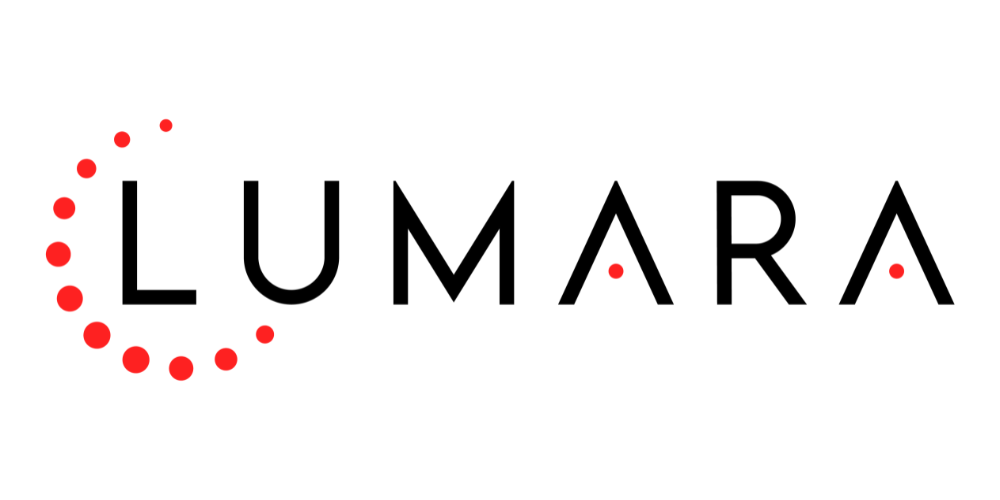Red light therapy uses LED panels for broad, daily-use wellness support. Laser therapy delivers pinpoint light for deep, targeted relief, often in clinical settings with higher risk and cost. Both options stimulate healing at the cellular level, but they differ in safety, usability, and treatment style.

Red light panels like the Illuminate Red Panel are ideal for consistent, full-body sessions. Lasers are better suited for small areas requiring high intensity. For long-term skin health, recovery, and home use, LED panels offer unmatched simplicity and performance.
Want to go deeper? Below, you’ll get a breakdown of what each method delivers, and which is worth your time.
What’s the Difference?
Who Each Therapy Is Best For
-
LED Red Light Therapy: Perfect for daily users looking to boost collagen, reduce inflammation, or recover faster after workouts. Ideal for full-body use.
-
Laser Therapy: Best for clinical users targeting specific injuries (like joints or nerve paths) with high precision.
How They Work (Simplified)
Both red light therapy and laser therapy deliver energy to your cells. This energy activates mitochondria, increasing ATP, the body’s fuel for repair and regeneration.
But the method of delivery changes how that energy spreads across tissue.
LEDs spread light evenly across larger areas. Lasers push high-intensity beams into a narrow path. One gives coverage.
The other gives focus.
Light Delivery Methods Compared
Beam vs Panel: Precision or Coverage?
Laser therapy works like a scalpel of light, tight, concentrated, and directed. It delivers energy into a pinpoint area, making it useful for small regions like a knee joint or the back of the neck.
That same narrow beam, though, can’t treat broad areas efficiently.
LED panels, like the Illuminate Red Panel, emit light across a large surface. The energy spreads evenly, reaching the skin and deeper tissues with every session.
This makes it ideal for people wanting full-body wellness, facial rejuvenation, or post-exercise recovery without rotating a handheld device across each muscle group.
Intensity, Irradiance, and Wavelengths Explained
Wavelength determines how far the light penetrates. Both LEDs and lasers often use 635–660 nm red light and 830–850 nm near-infrared for healing applications.
What sets them apart is irradiance, how much light power is delivered per square centimeter.
High-performance LED panels like Lumara’s are designed to deliver 5 J/cm² in 5 minutes, a level that matches or exceeds many lower-powered clinical lasers.
That’s made possible through tighter LED spacing and more consistent coverage, no gaps, no guesswork.
Laser Device Risks and Regulations
Laser therapy isn’t risk-free. Misuse can lead to burns, nerve overstimulation, or eye damage, especially without protective eyewear.
Class IV lasers, in particular, are regulated and usually reserved for licensed professionals due to these safety risks.
That precision, while powerful, comes with responsibility. It requires technical knowledge, accurate targeting, and a stable environment.
Any slight misplacement could miss the treatment zone or overexpose nearby skin.
Use Cases and Benefits
The Panel Trusted by Pros
Laser therapy targets pain through concentrated beams, great for pinpoint accuracy, but slow and limited to small areas like elbows or knees. That’s why it’s typically reserved for in-clinic, localized treatments under trained supervision.
But what if you need full-body relief, daily, and in less time?
That’s where red light panels shine.
The Illuminate Red Panel delivers therapeutic energy across large muscle groups in just 5 minutes per session.
This makes it the ideal tool for high-volume professionals who need consistent, repeatable results across multiple clients.
Skin Rejuvenation, Acne, and Redness
Red light therapy is widely used in dermatology for boosting collagen, calming redness, and supporting skin healing. Devices like the VISO LED Mask target the entire face with 660 nm light, helping smooth fine lines and even skin tone.
Laser treatments may focus on deeper dermal structures, but they often require downtime and carry higher risk.
For people managing acne, redness, or dull skin tone, consistent LED use has shown strong results, without the discomfort or cost of clinical lasers.
Muscle Recovery and Post-Workout Relief
Both modalities support muscle regeneration by enhancing ATP production and oxygen flow. Athletes often turn to light therapy for quicker recovery and better performance.
The Lumara Pad stands out here. It uses flexible layers of 635, 830, and 940 nm light to wrap around sore areas and deliver deep relief.
That flexibility makes it ideal for hamstrings, quads, or even lower back sessions, no clinic needed.
Cost and Accessibility
Let’s talk numbers.
Laser therapy might look effective on the surface, but with $100 to $250 per session, most users spend $1,200 to $3,000+ just to complete a treatment plan. And once it’s over, so is access.
With Lumara, you make a one-time investment, and use it as often as you want, for years to come. No bookings. No hidden costs.
Here’s how the pricing compares:
-
VISO LED Mask – $599: An entry-level powerhouse designed for facial rejuvenation, collagen support, and redness reduction. Ideal for at-home skincare, with zero downtime.
-
Illuminate Red Panel – $2,000: Our flagship clinical-grade panel. Full-body use, 5 J/cm² energy output in just 5 minutes, and uniform LED spacing that outperforms many lasers.
-
Lumara Pad – $299-1,799: A flexible, 3-wavelength recovery tool (635, 830, 940 nm) for deep tissue therapy. Perfect for muscles, joints, and localized pain relief.
Compare that to:
-
Laser Clinic Series – $1,200 to $3,000+: Multiple appointments, limited access, and no ownership of your device.
Lumara gives you clinical-level therapy on your terms, with no repeat costs.
What Specs Matter Most in Light Therapy
J/cm² vs mW/cm²: What You Actually Need
When comparing devices, energy output matters. J/cm² tells you how much therapeutic energy reaches the skin during a session. This is your outcome metric, it determines whether light exposure actually triggers a cellular response.
mW/cm², on the other hand, measures how fast that energy is delivered. A higher number means shorter treatment times, but both metrics need to align.
A high mW/cm² device that doesn’t run long enough won’t hit the therapeutic dose.
Panels like the Illuminate Red Panel are designed to deliver 5 J/cm² in 5 minutes, making them efficient, consistent, and clinically viable for both professionals and daily users.
LED Spacing and “Leopard Spots” in Panels
Uneven light distribution leaves untreated patches between LEDs, what industry professionals call “leopard spots.” These gaps dilute results, create inconsistencies, and frustrate users.
Lumara panels solve this with 6mm LED spacing. That tight alignment ensures complete skin coverage and even energy dosing across every inch of the treatment zone.
You’ll see it on your skin: no cold zones, no blotchy results.
Red Flags to Avoid in Devices
Many low-cost panels skip spec transparency. If a device doesn’t clearly list its wavelength, irradiance, or total energy output, it’s hard to know what you’re getting.
Devices advertising “color therapy” with multiple flashing hues should raise concern.
Red (around 660 nm) and near-infrared (830–850 nm) are the most clinically validated wavelengths. Anything outside that range leans toward marketing, not outcomes.
Always check for:
-
Published wavelength range (e.g., 660 nm red, 830 nm NIR)
-
Energy output in J/cm²
-
Uniform LED spacing and coverage
-
Treatment time per session
How Lumara Delivers Both Power and Safety
Most red light devices promise results, they just don’t deliver them. At Lumara, we’re obsessed with what actually works: the right wavelengths, real energy output, and coverage that never misses a spot.
Our systems aren’t just safe, they’re powerful enough to rival clinical setups, without requiring one. Whether you’re targeting inflammation, skin rejuvenation, or deep muscle recovery, Lumara devices give you the confidence and consistency to get real results, fast.
Here’s how we deliver the gold standard in light therapy:
-
Illuminate Red Panel – Our flagship 660nm red light panel delivers 5 Joules/cm² in 5 minutes, with ultra-tight LED spacing for flawless full-body coverage.
-
VISO LED Mask – Designed for facial rejuvenation, this mask uses pure 660nm light with no hotspots, no heat overload, and no gimmicks.
-
Lumara Pad – A flexible, clinical-grade tool with 635, 830, and 940nm wavelengths for deep tissue healing, joint support, and post-workout recovery.
No complicated setup. No empty claims. Just medical-grade performance engineered for everyday use.



Share:
Best Light Therapy For Acne
Red Light Therapy for Dark Spots